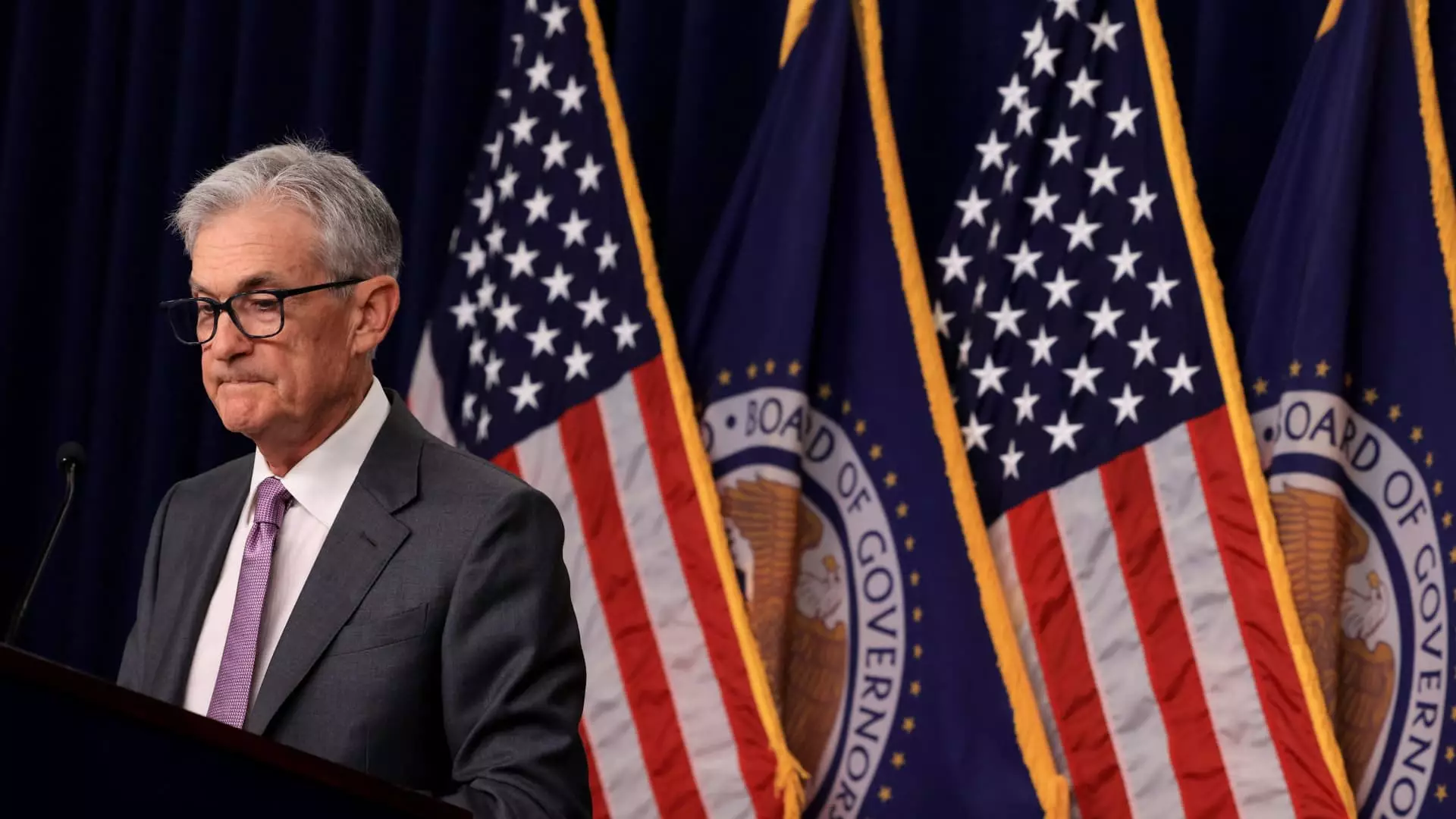The market is eagerly awaiting Federal Reserve Chair Jerome Powell’s policy speech on Friday, although there is little expectation of any groundbreaking news. The general consensus among investors is that the Fed will begin cutting rates in September and continue to do so through the end of the year and possibly into 2025. While the exact magnitude and frequency of these rate cuts are still uncertain, Powell is expected to provide a brief overview of the current economic situation and offer some limited guidance on future monetary policy.
The upcoming speech, scheduled for 10 a.m. ET at the Fed’s annual gathering in Jackson Hole, Wyoming, comes at a time when market participants are almost certain of a rate cut at the September 17-18 meeting. The minutes from the July session indicated that the majority of members favor a September cut, with Philadelphia Fed President Patrick Harker reinforcing this sentiment by suggesting the need to move rates down in September. The main question remains whether the rate cut will be a quarter point or a half point, with markets leaning towards a quarter but leaving room for the possibility of a half-point cut.
In previous years, Powell has used the Jackson Hole speech to outline key policy initiatives and provide insights into the future direction of policy. From discussing neutral interest and unemployment rates in 2018 to hinting at rate cuts in 2019, and introducing a new approach to inflation targeting in 2020, Powell has navigated various policy challenges in his tenure. This year, the focus will be on confirming market expectations while addressing concerns about inflation and labor market conditions.
Following a period of aggressive rate hikes, the Fed has kept its overnight borrowing rate unchanged for the past 13 months. While markets initially responded positively to the higher-rate regime, there were concerns after the July meeting regarding a weakening labor market and manufacturing sector. As Powell prepares for his speech, he is likely to acknowledge economic headwinds while emphasizing the progress made in addressing inflation. The expected policy path includes rate cuts at upcoming meetings and further easing in 2024, aligning with market expectations and potentially reducing the fed funds rate by 2 percentage points.
In light of recent economic data and market reactions, Powell’s tone is expected to lean towards a dovish stance, signaling a willingness to lower rates further. The focus on inflation reaching the 2% target and the softening labor market suggests that retaining a hawkish stance may not be necessary. Despite claims of insensitivity to financial market movements, Powell is likely to take into account the reaction to the July meeting and reassure investors about the Fed’s commitment to supporting economic stability.
Overall, Powell’s speech at Jackson Hole is anticipated to provide clarity on the Fed’s future policy direction, addressing concerns about inflation, labor market conditions, and the broader economic outlook. Market participants will closely monitor his remarks for any hints of upcoming rate cuts and potential policy adjustments in response to evolving economic conditions.

